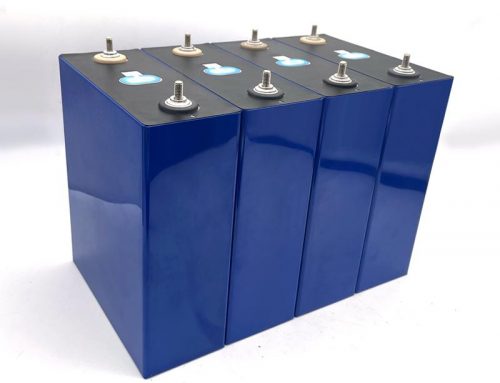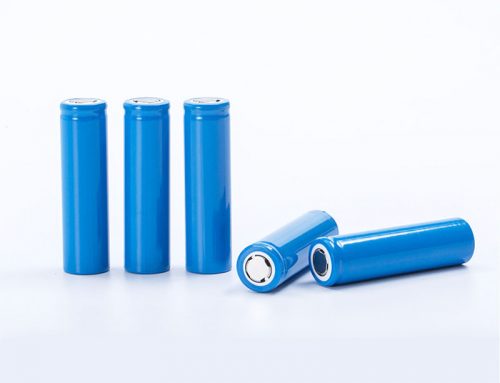Improving the Li+ affinity and the local mobility at the interface are important factors for a good binder, where the free energy variations play more dominant effects. The presented molecular mechanisms of various functional polymer binders provide valuable insights for novel binder design.
Various functional polymers as electrode binders with enhanced lithium ion conductivity have been proposed recently to improve the overall performance of high-power lithium ion battery (LIB). To identify the critical features of polymer binders, we utilized molecular dynamics (MD) simulations to systematically examine and compare the molecular effects of poly(vinylidene fluoride) (PVDF), poly(ethylene oxide) (PEO), polyacrylonitrile (PAN), poly(N-vinylformamide) (PNVF), and poly(styrene sulfonate) (PSS) binders on lithium ion transports at liquid electrolyte/LiFePO4 (LFP) cathode interface. Compared with conventional PVDF, all tested functional polymers have higher Li+ affinity and can disrupt the electric double layer structure. As a binder, PEO can form stable coordination complex with Li+ to effectively lower the free energy of Li+ at interface, resulting in a significantly reduction of interfacial impedance Rint. Both PAN and PNVF have polar side-chains where the PNVF formamide groups has higher Li+ affinity than PAN nitrile. PNVF can further enhance the Li+ mobility near the LFP surface and lower the total Rint. In contrast, rigid PAN has minor effects on Li+ free energy at interface, giving little impacts toward the total Rint. Finally, the negatively charged PSS can significantly reduce the surface electric potential and lower the Li+ free energy over a wide range near the interface, which greatly reduces the total Rint. The combined results suggest that improving the Li+ affinity and the local mobility at interface are important factors for a good binder, where the free energy variations play more dominant effects. The presented molecular mechanisms of various functional polymer binders provide valuable insights for novel binder design.
Comparing the effects of polymer binders on Li+ transport near the liquid electrolyte/LiFePO4 interfaces: A molecular dynamics simulation study

